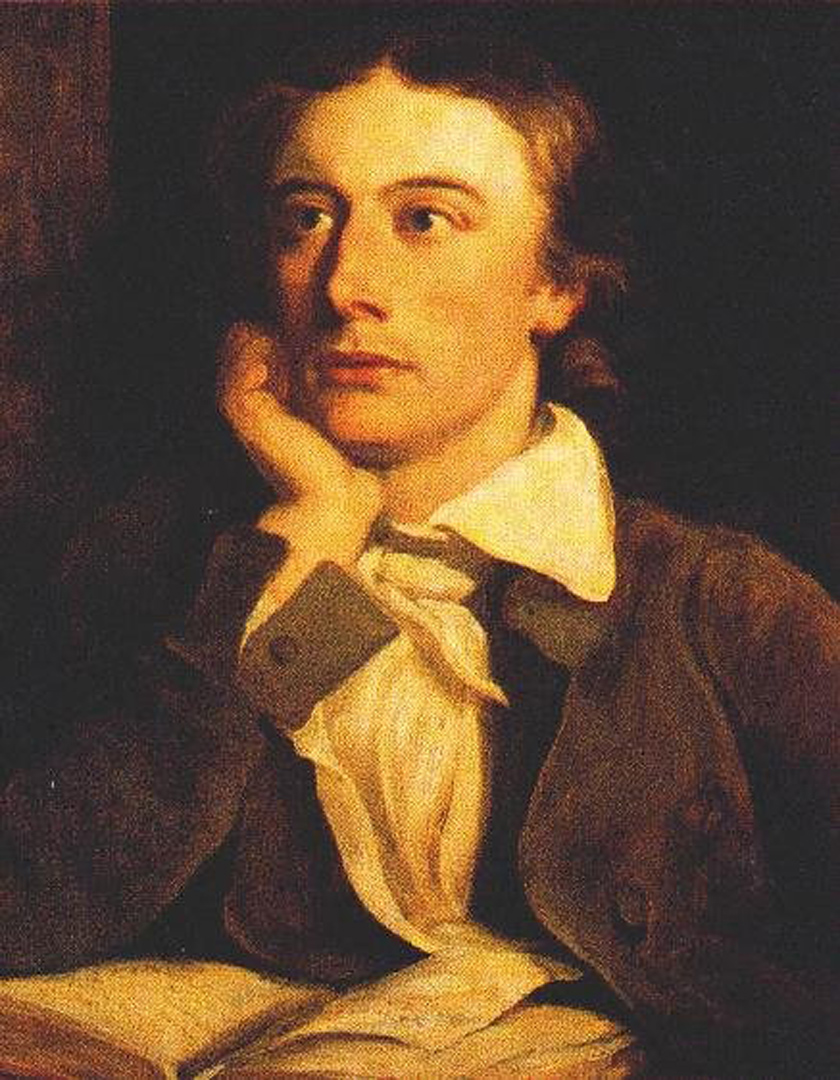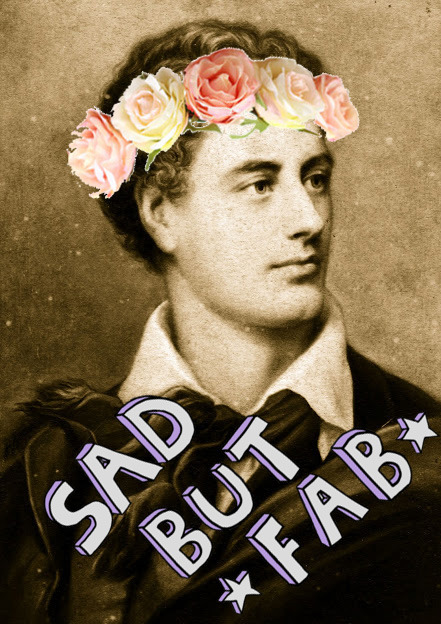Mariah Dwyer & Melissa Ruiz
Chapter 18:
Two weeks after Tom’s death, Keats stays at Brown’s home as the funeral arrangements are set. The 4th of February, he attends a boxing match, and more time in between the funeral, he attends various social engagements to keep his head afloat. On the 7th of December, the Tom is buried in St, Stephens, surrounded by friends, he copes with his brother’s death and continues on. Around the 17th, he begins to write “Fancy,” keeping a steady ditto-ditto of which this chapter is aptly titled. Christmas time, Keats creates a bit of a stir between two families of whom he agreed to see on the day of and spend time with: the Brawnes and the Reynolds. He ended up accepting Mrs. Brawne’s invitation sending the Reynolds sisters and Fanny Brawne into a small tiff over him. At this time, he and Fanny were not in any romantic entanglements. Instead, Keats had his eye on Isabella Jones.
During the New Year, Keats began to suffer from a sore throat, choosing to stay inside of Wentworth more and more. He began dosing himself with laudandum, feeling low and wallowing in a foul mood. He finally emerged on January 17th 1817 to see Ms. Jones who prompted him to write a poem, of which Keats amused himself with thoughts of St. Agnes’ festival. From this, he begins to write The Eve of St. Agnes. This poem is more so for his parents to live again; recounting his mother’s complicated relationships with men but also trying to find a sweeter solution for their love and a happy ending.
Chapter 19:
Keats returned to Wentworth in February after being chronically sick, and during this time he was worried about hearing back from his sister, health, money and America. Keats was able to meet a to ton of people whose presence didn’t last in his life such as Cowden Clarke, Matthew, Hunt, and Haydon. His relationship with Isabella Jones shifted to an immense liking of Fanny Brawne. From January to April 1819, Keats took a break from letter writing, and began using opium more often. After his break Keats wrote “Ode to Indolence,” “Ode to Psyche,” “Ode to a Nightingale,” “Ode on a Grecian Urn,” and “Ode to Melancholy” which all had to do with Keats feelings of bleakness during this time. During May of 1819, Keats was having a great month (better than his previous months) and on the 9th his Odes got published in the Examiner. Interestingly enough, after Keats thought about giving up poetry, he instead creates “La belle dame sans merci,” eroticism and imagination coming together at a newer point in his life, where he begins to feels truly trapped.
Chapter 20:
As May was ending Keats began to feel uneasy again. He wished to be with his love, Fanny Brawne, but money was low and he had to find ways to make money. Keats began to get loans from his friends, and he wrote Lamia due to the fire between himself and Fanny. He felt as if he had become entrammelled by her. On Sunday 27th, Keats begin to travel with Rice to Portsmouth then from Southwark, Kingston, Guilford and finally to Godalming. Monday the 28th he was in Ryde which he had been before on April 1817. Keats wrote Brawne a letter that night and was happy he didn’t send the passionate letter. Even though he did not know how to begin letters to her, he wrote he weekly.
His third letter to Fanny was from July 8th, during a celestial phenomenon, which he wrote “Bright Star” to her. On August 5th, Keats informed Fanny that he moved to Winchester, and could receive her letters more quickly. After the Peterloo Massacre, Keats told John Taylor that he was more determined to “get a livelihood.” After three weeks there, Keats finished writing Lamia, and his solitude was interrupted by a letter from his brother, George, his business venture had failed and he was in dire need of money. Which grounded Keats back in reality as the Panic of 1819 occurred.






Leave a Reply